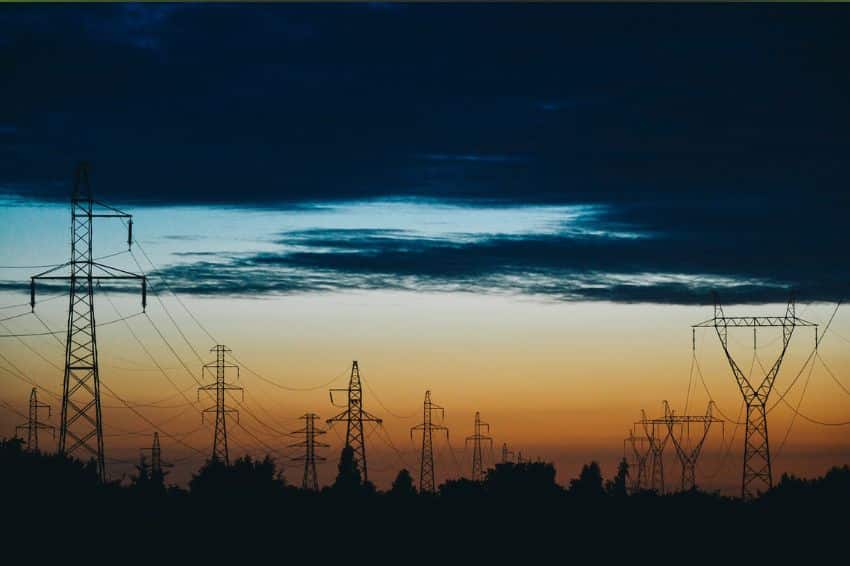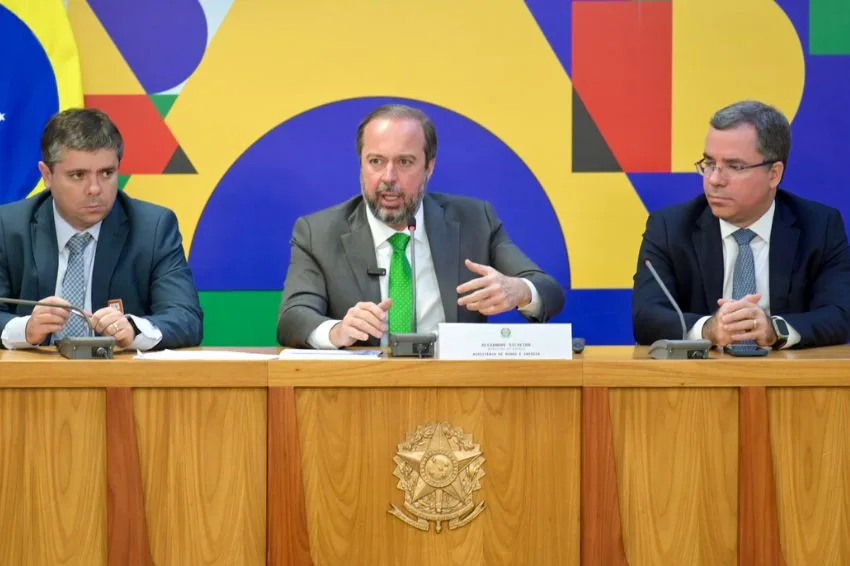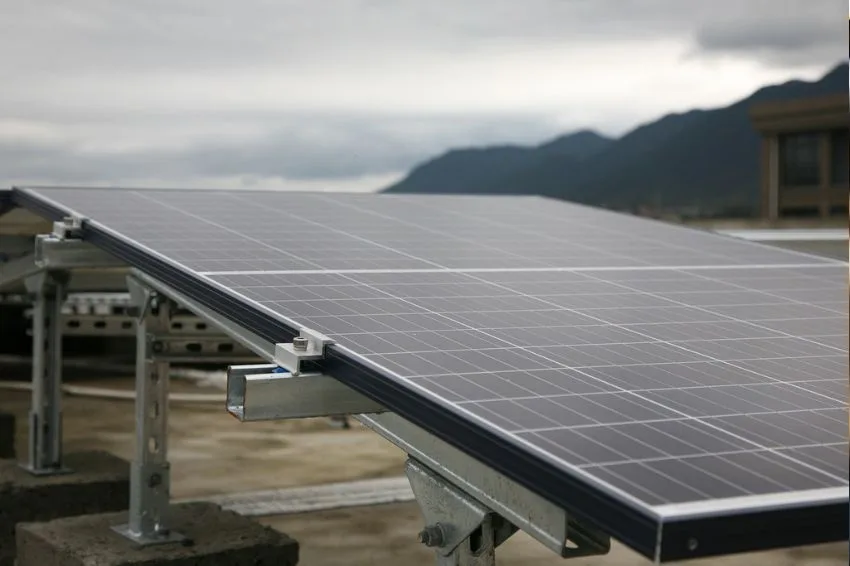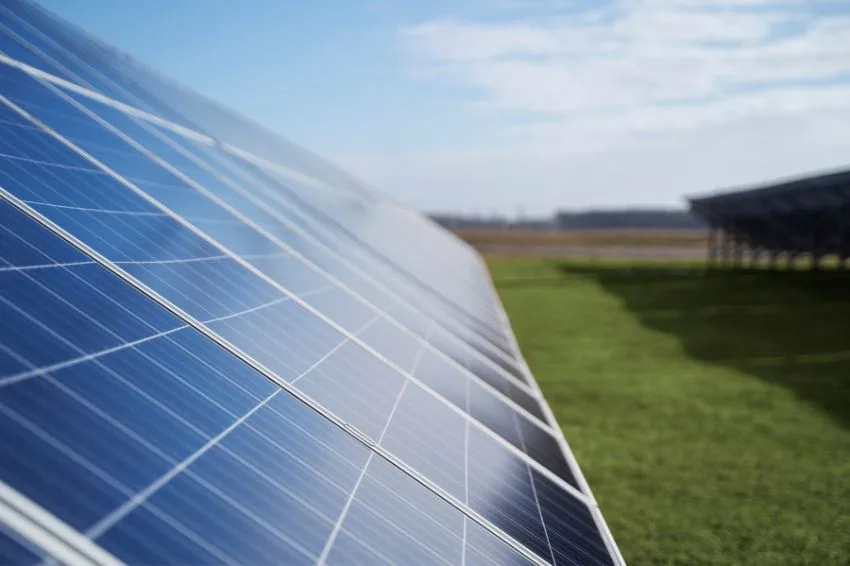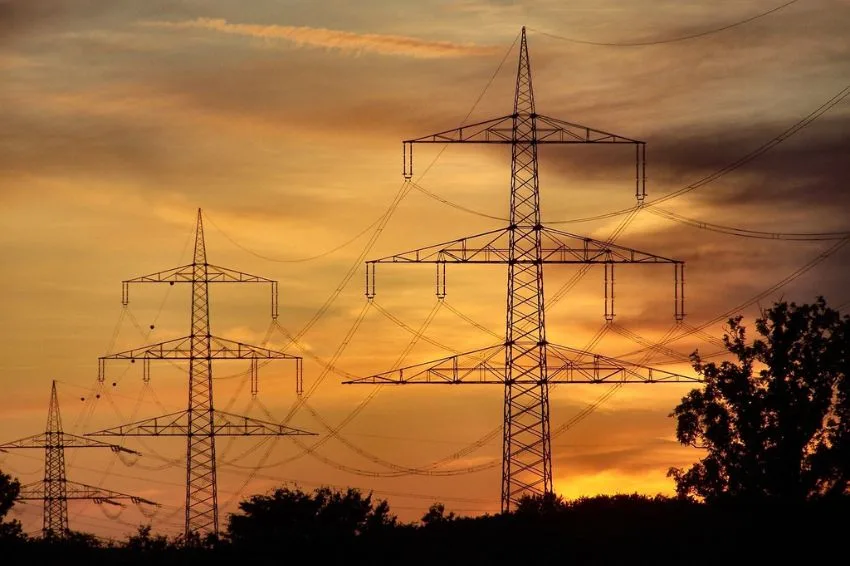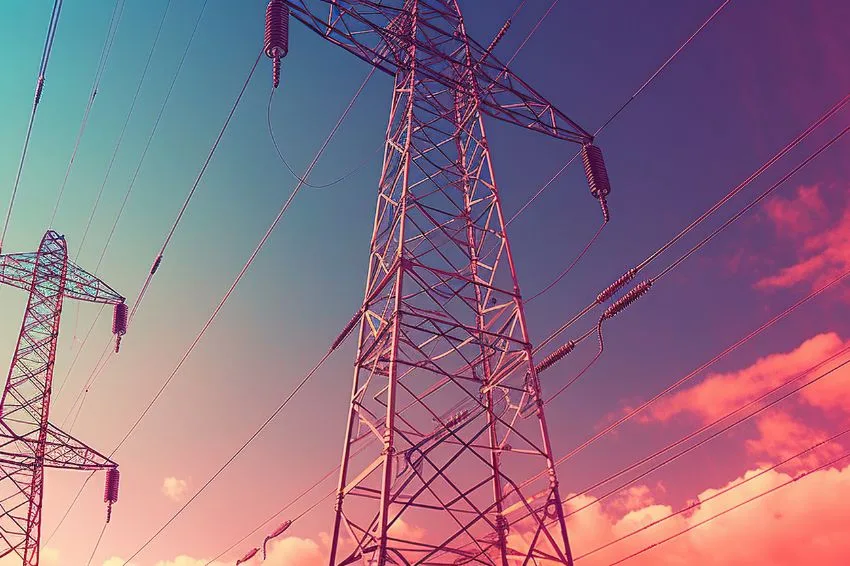A lack of rain and the increased electrical demand of the country have worried the ONS (National System Operator). The Authority has already been preparing to increase the supply of energy resources in the coming months to guarantee peak load times.
It is not today that the ONS has been giving signals about the situation of electrical sector. The concern falls on the reservoir levels of hydroelectric plants, fundamental to guaranteeing the supply of flexible and cheap energy.
According to the ONS, “the general outlook is for demand to be met, however, there is already a sign of the need for attention due to the turnout below the historical average in the typically humid period currently underway”.
At the last meeting of the CMSE (Electricity Sector Monitoring Committee), held on February 7, the ONS warned that the forecast inflows for the period from February to July 2024 vary between 51% and 78%, that is, below the historical average .
“Even if the upper limit conditions are confirmed, the index will still be classified as the 5th lowest in the 94-year history,” he said in a note.
Estimated data for the end of July indicate that the energy stored in the reservoirs should vary between 75.2% and 44.2% in the SIN (National Interconnected System).

In January, flows were below the historical average in the Southeast/Central-West (56%), Northeast (48%) and North (43%) submarkets. Only in the South was the turnout above average (138%).
“The indicators are among the lowest for ENA [Affluent Natural Energy] in January. The short-term perspectives, that is, referring to February 2024, are similar”, informed the ONS.
In December, the situation was even more criticism. Inflows are below average in the Southeast/Central-West (59%), in the Northeast (18%) and in the North (27%). In the South submarket the index was 209%. Remembering that in the South the rains become more intense because of the El Niño climate phenomenon.
The ONS has already recommended a possible relaxation of the minimum influences of the Porto Primavera and Jupiá hydroelectric plants from March 2024, with the aim of improving the conditions for future SIN service and guaranteeing the preservation of multiple uses of water.
O Solar Channel analyzed the minutes of the first meeting of the CMSE of the year, held on January 10, as the February minutes have not yet been made public. In it, the agency highlights concern about maximum demand levels, exceeding values above 100 gigawatts (GW) between December 14th and 18th, 2023.
He adds that on several days that month – due to high temperatures, high load and reduced energy supply conditions – the Marginal Cost of Operation (CMO) reached R$ 395/MWh on December 18th in the Southeast/Central subsystem. West.
The CMO is fundamental to the formation of the PLD (Difference Settlement Price) and energy prices on the free market. A source from a trading company said that future energy prices on the free market are increasing as the hydrological scenario worsens. Another effect of the high CMO is the possibility of the return of tariff flags, which add more costs to Brazilians' electricity bills.
Measures to increase resource availability
The ONS listed some measures that can be taken to increase the availability of energy resources to meet, mainly, the peak consumption times of the National Interconnected System.
Among these additional resources are:
- Anticipate dispatch of thermoelectric plants that cannot start operation in less than 24 hours (long ramps);
- Operate the São Francisco River to serve the tip;
- Maximize generation and transmission availability;
- Encourage Demand Response;
- Import electrical energy from neighboring countries;
- Use LNG (Liquefied Natural Gas) thermoelectric plants, in open cycle configuration, and Merchant without CVU (Unit Variable Cost) calculated.
All content on Canal Solar is protected by copyright law, and partial or total reproduction of this site in any medium is expressly prohibited. If you are interested in collaborating or reusing some of our material, we ask that you contact us via email: [email protected].


